I recently ran a poll on my channels asking you for my next article topic. Overwhelmingly, most of you want to know how to generate finance leads from social media. As COVID-19 forces companies to shut their doors and sales teams are sent home, online marketing and the services of people like LeadJig have become more important than ever.
Social media platforms are ideal for for lead generation. But for this to be effective within a competitive online space, you must have a tight strategy in place. Here’s my quick guide on How To Generate Finance Leads From Social Media.
What’s Out?
Before we talk about generating leads from social media, let’s talk about what doesn’t work.
- Cold Calling: Financial brands receive a lot of negative responses about cold calls. When you combine that with a low success rate it leads to frustration and potential burnout. Not to mention it can result in a huge fine thanks to new data protection legislation.
- Direct Mail: Viewed as junk mail by most recipients. It also doesn’t target a specific audience, which will lead to a very low conversion rate.
- Newspaper and Magazine Ads: Unless you are placing ads in niche publications, it doesn’t target a specific audience. This is also one of the least effective ways to target high-net-worth investors.
- Doing Nothing: Sounds obvious, but many brokers and investment firms expect that their website alone will generate leads. It won’t. You need a proactive approach which drives traffic and sign ups to your site.
What is lead generation?
Lead generation is a critical step in the marketing process and is fundamental to business growth. Lots of companies are now offering b2b lead generation services so they’re well worth looking into. A study by Marketo revealed that companies with sound lead generation practices achieved at least 133% more revenue than enterprises without good lead generation techniques in place.
Simply put, lead generation is the process of converting strangers interested in what you’re doing, into leads and starting them on the journey of becoming a customer. Lead generation is all about engagement and encouraging potential consumers to share contact details with you such as email addresses and phone numbers. These details may be fake at times, in which case you may need to seek the services of an email lookup tool to assist you in locating the correct email addresses. If possible, you should also gather additional background information such as employment status, industry and region to help develop a thorough understanding of your demographic.
Challenges of lead generation in 2020
According to recent statistics, 80% of marketers say their lead generation efforts are only slightly or somewhat effective. But what are the main challenges?
- Lack of resources such as staff, funding and time remains the biggest obstacle to successful lead generation efforts for 61% of B2B marketers.
- Dispersed sales teams amid COVID-19 is a huge problem. Many brokers simply weren’t set up to provide laptops and home connectivity and communication to their sales teams.
- Generating high-quality leads may require the assistance of a phone validator api or else, it could be difficult as you need to be sure you’re gathering valid information from those who meet ‘target audience’ requirements.
- Getting leads is one thing. But converting leads to customers can be tricky. Just because they’re part of your sales funnel, doesn’t mean they will make a purchase. In fact, only 4% of consumers are ready to buy, so your efforts need to be consistent and persuasive without being overly salesy. Now that’s a lot to take in.
- Creating meaningful content is a significant part of lead generation. Consumers are more likely to part with their details if they feel they’re getting something useful in return.
Challenges of lead generation – finance specific
Thanks to GDPR rules, emails can only be collected through opt-in, with a requirement to keep record of consent. This means you cannot engage in illicit practices such as buying email lists with thousands of potential customers as it goes against GDPR rules. Social media platforms like Facebook have been hot on this when it comes to uploading csv files of contacts for advertising. All companies are, in fact, required to look into their email systems and databases to ensure emails meet consent minimums.
How to generate leads through social media
Whether you optimise your content for search engines to make your product easier to find or get on your prospects’ radar through PPC advertising, there are many ways to generate leads. But how can you do this through social media? Let’s delve deeper.
#1 Focus on the right channels
The best platform for developing leads is the platform your consumers use. This means being familiar with your demographic as well as the demographic of various social media platforms. For instance, if you’re targeting millennials or Gen Z, having a strong presence on Instagram is a good place to start as that’s where this age group chills out.
If you’re a B2B business, LinkedIn could be the place for you. 660 million professional use the channel which explains why 80% of B2B marketers use LinkedIn for lead generation. Marketers also state that LinkedIn generates 2x more leads than the next highest social channel.
Top tip for LinkedIn marketers: Make the most of LinkedIn Lead Gen Forms designed to provide maximum convenience for both users and marketers. When forms are presented to a LinkedIn member, the fields are pre-populated with their profile data, drastically cutting the effort needed to fill them out. This, in turn, leads to higher conversion rates as you don’t want to put people off at the last hurdle by over complicating matters.

Find out more here and use LinkedIn Lead Gen Forms to:
- Generate high-quality leads at scale
- Track the ROI of your leads
- Deliver quality content such as whitepapers and e-books, generate newsletter and event signups, provide discounts – and more.
#2 Promote exceptional content
To generate leads, your social media strategy and content marketing strategy should work in harmony. Essentially, if you craft engaging content that’s useful to your reader, you’ll be able to promote via your social media channels and guide people to where you want them to be. You will also rank high on SEO and get picked up by the search engines.
- Blog posts
When you create a blog or e-book full of useful insights, you can link to this from your social pages. Twitter is ideal for hooking people in with a short introduction.

This then leads through to a blog with a clearly placed ad and strong call to action.

Click on the Learn More tab and you’re directed through to a ‘get e-book page’ which requires opt-in contact details in order to access the required information.

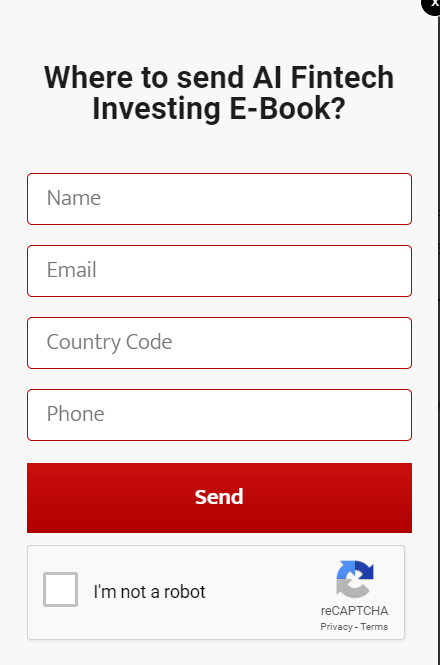
Why we like this:
- Lead generation is the focus from the social post, but it’s done in a way that educates the reader and gives them a reason to find out more.
- The content explains why downloading the e-book is valuable before leading through to the contact section, thereby making it more likely for consumers to comply.
Similarly, through a simple blog posted to Twitter, you can use other lead generation tactics to help turn those readers into customers and boost their engagement.
Here’s another example:

Click on the link and this opens the blog. To the side of the blog you’ll find strong calls to action for a newsletter subscription as well as direct access to trading products which require consumer details.


Why we like this:
- Social media is used as a platform to guide consumers to the blog. The blog itself then works as a launchpad to generate leads.
- It gives consumers numerous options. Remember, many people might not be ready to jump straight into the trading world. So, with a newsletter subscription, you can continue to contact them and showcase the benefits of your brand.
- Questions and quizzes
Social media content needs to have a hook in order to boost interaction. Questions, quizzes and polls are all useful ways to increase engagement and lead people down the sales funnel. For instance, when you click here…
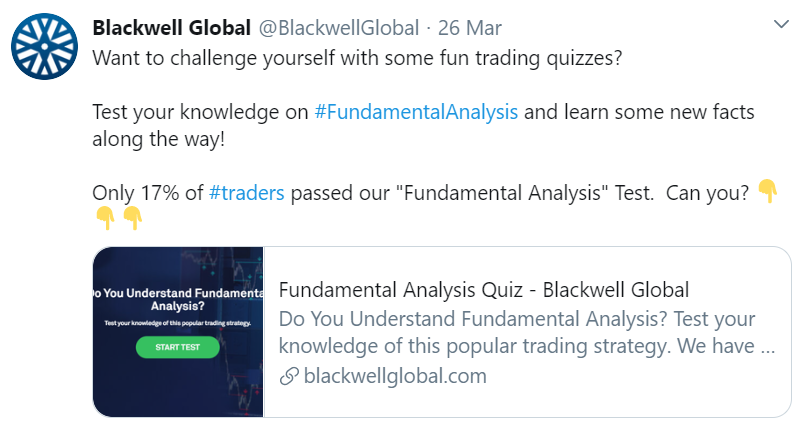
You end up here…

To get the results of your test, you must fill in the below form. And boom, the lead generation journey has begun. This is all perfectly compliant with finance laws because consumers have the choice whether to fill out their details or not.
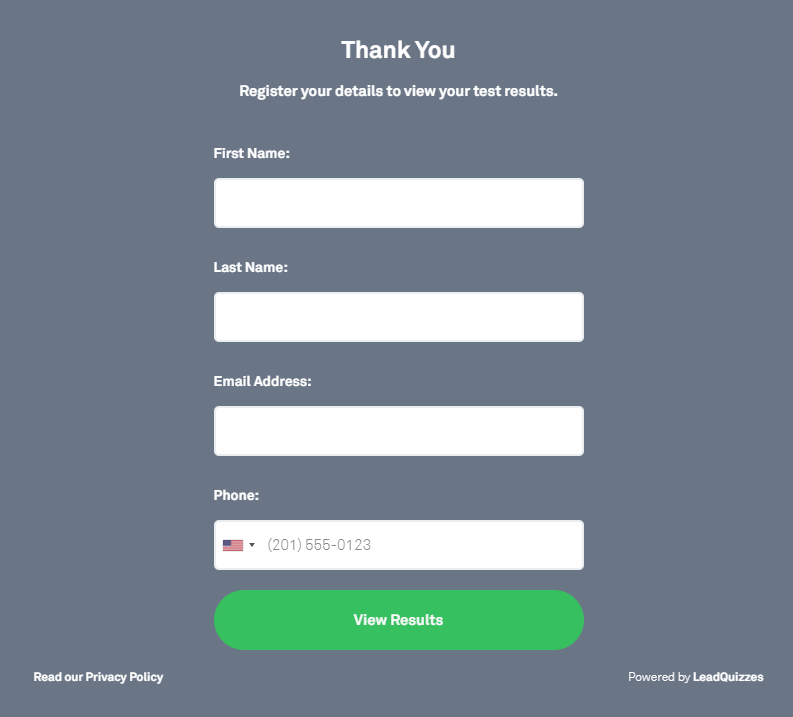
Why we like this:
- The initial post on Twitter uses emotive language, challenging the consumer “only 17% of traders passed our Fundamental Analysis test. Can you?” This prompts the reader to act without being overly forceful.
- The potential lead then takes the test and wants to know how well they’ve done. And this is where they’re asked for details. Consumers are curious and therefore more likely to fill out the form.
- The privacy policy information is clearly displayed for compliance reasons.
Top tip for marketers: Make your forms as simple and short as possible. This will encourage people to pop in their details and not bounce off your page.
- Paid ads on social channels like YouTube
Paid ads make your products and services visible. This is called outbound marketing as opposed to inbound marketing which is usually organic and earned. Text ads rather than video ads now appear at the top of YouTube for relevant search terms.
Check out the example from Revolut…

Consumers are then directed straight through to a Revolut landing page for a Radically Better Account. And they’re asked to provide their phone number.

There’s also an option to ‘get the app’ which again requires a phone number.
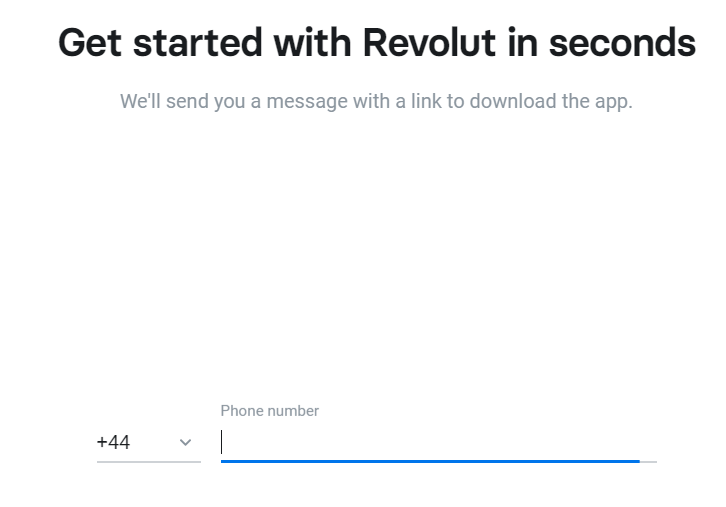
Why we like this:
- The lead generation process is quick, simple and doesn’t look like a form. Consumers will often be completely unaware that they’re now no longer Revolut strangers but have been entered into the Revolut sales funnel.
Top tip for marketers: Avoid making your lead generation scary and time consuming. You want the process to be as smooth as possible to avoid putting people off. While crafting specific lead generation landing pages is a good idea, make sure you think about your consumer and focus on the benefits they can enjoy.
Quick and easy ways to boost your lead generation strategy also include:
- Linking out to other branded pages which can generate leads through subscriptions and such like. Revolut do this at the bottom of their YouTube videos, giving consumers various options.
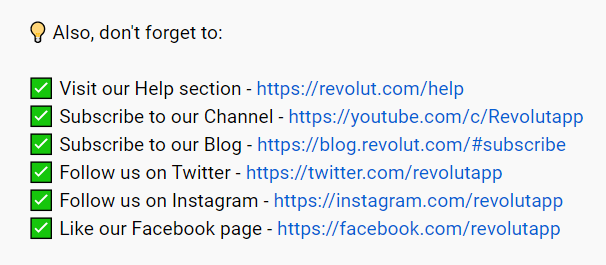
- Providing specific instructions. As you can see below, Revolut states that to claim your free card, adding your mobile number is part of the process. But this lead generation tactic is normalised by including it in an instruction list.
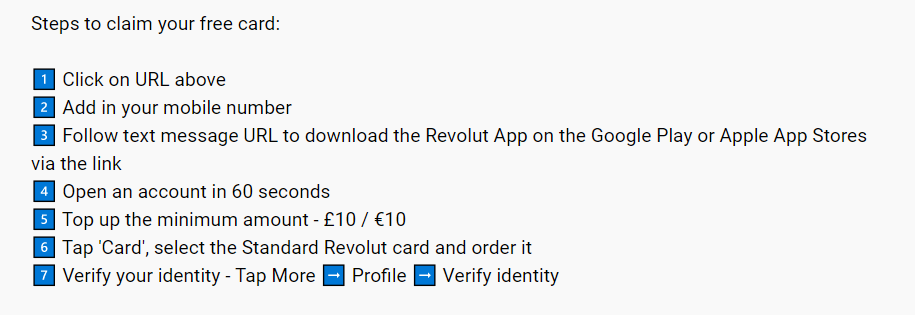
More Lead Generation Strategies For Finance Markets
- Social Proof – Share and promote positive reviews of your brand.
- Host an Event – Free webinars, seminars or training sessions are an excellent and legitimate way to gather leads for your finance business. Just be sure to promote them and create a proper opt in form.
- Socialise With Micro Influencers – Micro Influencer pulling power is huge in the finance sector. Check out our articles on influencers over in the Content Bar.
- Free Reports: Whether it’s through email or social media, a high-level free report or analysis will always generate signups. Be sure to ramp up the FOMO and exclusivity of your offer. Only got 20 to give away? Or perhaps your offer will expire in 5 days?
- Landing Pages – Build solid landing page that convert. If business is down, it’s time to create a solid set of LPs. There are plenty of tools you can use including Leadpages, Unbounce, Optimizely, Thrive Themes and Click Funnels.
- Get on YouTube – Posting a well scripted video series to YouTube helps establish you as the thought leader in your field. You will also find that YouTube is one of the best lead generation tools online today.
- Run an AMA – Running an Ask Me Anything session on Instagram, Facebook or TikTok is a great way to show you can answer customer questions. And answering customer questions leads to consumer confidence which leads to sales. Promote your AMA beforehand to improve your view rate.
In another sector and looking to sell via social media? Check out my popular article at Agorapulse.
Enjoyed reading How To Generate Finance Leads From Social Media? Hit the share button. Contact me today for articles, PR, whitepapers, video content, e-books and of course, social media management.